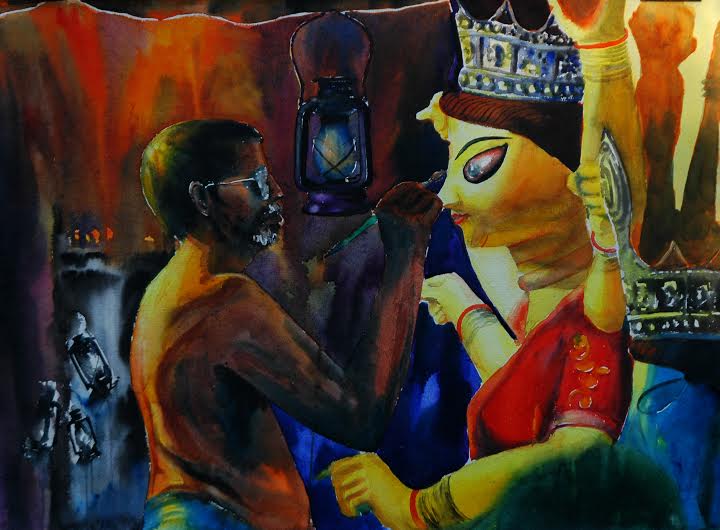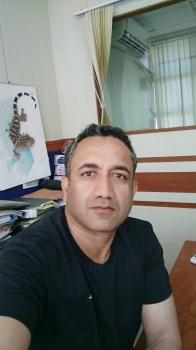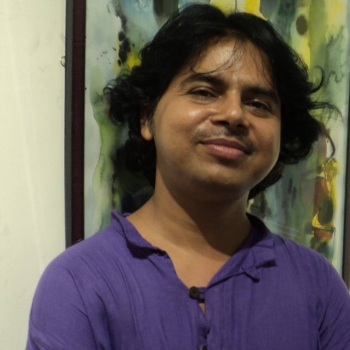
Goddess Durga in the Durga paintings are known to showcase the power of the Female along with positive energy and divine energy. As per the Hindu Mythology, all these characteristics must fight the evil and the demons- protecting one's family against the wickedness. She is known to protect other devotees from the power of evil and safeguard them. Goddess Durga is thought to be the combined form of Goddesses Lakshmi, Kali, and Saraswati.
Goddess Durga is also thought to have been created by Lord Vishnu as a warrior goddess to protect righteous people (devas) from the demon Mahishasur. In the form of weapons and emblems, her divine shakti encompasses the united energy of all the gods (mudras).
What does Durga Paintings represent?
Goddess Durga signifies the Supreme Being's power to maintain moral order and righteousness in the universe. Durga is a Sanskrit word that refers to a fort or a protected location that is difficult to reach. Durga, also known as Divine Shakti, guards humanity against evil and misery by slaying bad energies (negative energy and vices like hubris, jealousy, prejudice, wrath, anger, greed, and selfishness).
Goddess Durga is represented as an eight-handed warrior goddess wielding various weapons while assuming mudras (symbolic hand motions) that convey her teachings.
• Dharma (duty/righteousness) is symbolized by the chakra in her first upper right hand. In life, we must fulfill our duties and responsibilities.
Happiness is symbolized by the conch in her first upper left hand. We must carry out our responsibilities joyfully and enthusiastically, rather than with bitterness.
• The sword she holds in her second right lower hand represents the abolition of vices. We must learn to recognize and eliminate our negative traits.
• In her second left lower hand, she holds a bow and arrow, which represents Lord Rama. We must not lose our character when confronted with adversities in life (values).
Detachment is symbolized by the Lotus Flower in her third lower left hand. We must live in the world while being apart from it. The lotus flower, for example, smiles and provides its beauty to others despite being immersed in filthy water. This is the only way to be blessed by Her.
• The club on her third right lower hand is Hanuman's emblem, and it represents devotion and surrender. Whatever we do in life, we do it with love and devotion, accepting the outcome as God's plan.
• Her fourth left lower hand holds a trident/Trishul, which represents courage. We must have the courage to overcome our negative traits and tackle life's obstacles.
• Her blessings and forgiveness are symbolised by the fourth lower right hand. We must forgive ourselves and others for any mistakes we may have made, as well as any harm we may have caused.
Durga Maa is usually shown riding a lion or tiger. A tiger represents unrestricted power. Durga riding a tiger symbolises Her limitless power, which she utilises to safeguard virtue and punish evil. The lion represents uncontrollable animalistic characteristics (such as rage, arrogance, selfishness, greed, jealously, desire to harm others, and so forth), and Her sitting on it reminds us to exercise control over these traits so that we are not governed by them.
She is frequently depicted wearing a red sari. The colour red denotes activity, and Her crimson clothing denotes that She is slaying evil and shielding mankind from sorrow and suffering.
As a result, Goddess Durga represents the Divine forces (good energy) that are used to combat evil and wrongdoing. She is the personification of feminine and creative energy, and she represents pure energy (positive), also known as heavenly light or jyoti.
This month, we must pray to Maa Durga, the Universal Mother, asking Her to use Her destructive force to eliminate the vices, defects, and faults inside us (anger, selfish desires, greed, ego, and undue attachments), and purify us so that we can receive her Divine Shakti—Anandamayi Shakti).
Goddess Durga: Divine Mother Paintings
Durga is a goddess of enormous strength and vitality. Artists create tens of thousands of Durga paintings each year. Durga is a goddess with eight hands.
Sword, shield, bow, arrow, cup of wine, conch, trident, mace, and fire and wheel are among the weapons she wields.
She took a seat on Lion. Many demons were killed by Goddess Durga. Goddess Durga is the universe's mother. People refer to her as maa. Art of Legend India provided all of the paintings.
Goddess Durga's Manifestation and Her Traditional Indian Sculptures!
The image and concept of Goddess Durga are deeply established in India's core, notably in Bengal. From the terracotta temples of Bishnupur to the temples of Hoysala, from Rajput miniatures to the Kangra school, from the Kalighat & early Bengal paintings, artists have been fascinated by the iconography of the ten-armed goddess for millennia. The Sanskrit word 'durg,' which means fortress or castle, has come to denote anything powerful or impenetrable. The goddess is named in the Rigveda's 'Devi-Sukta,' but it is in the 'Taittriya Aranyaka' that she first appears as a deity.
Durga evolved over time from the concept of a motherly protective force that has been fostered from the dawn of time in every ancient civilisation. Throughout Indian civilisation, this deity has manifested itself in a variety of forms. 'Mahishasurmardini,' Bhadrakali, Jagaddhatri, and Parvati are all distinct incarnations of the same 'Shakti,' but they are all the same 'Shakti.' Durga manifestations in pre-modern Indian art include the Kalighat Patachitras and the Early Anonymous Bengal Oils. The majority of early Bengal oil paintings of Durga are legendary. The goddess is represented in the manner in which she is revered in Bengal at a certain season.
Wrap up:
Myth and reality meet to produce a one-of-a-kind visual fusion. Shiva is depicted walking with Ganesh in his arms, dressed in traditional clothing. Durga or Parvati is his companion. She extends her two hands to the child who wishes to hold Ganesh in her arms. The British patronised Kalighat School, which flourished near the temple and was the first to integrate the spiritual with an everyday activity like an evening walk. Durga's symbolism had been shown in pre-modern and post-modern Indian art in a variety of ways. Two distinct depictions of the Goddess arise in Bengal: one is legendary and a source of strength, and the other is real.
While looking for Durga Paintings, there are various art for sale available. You can the best deal for your home and office decore!





















